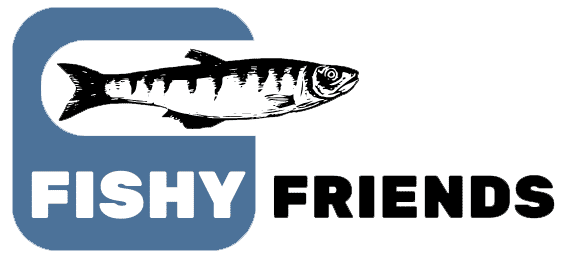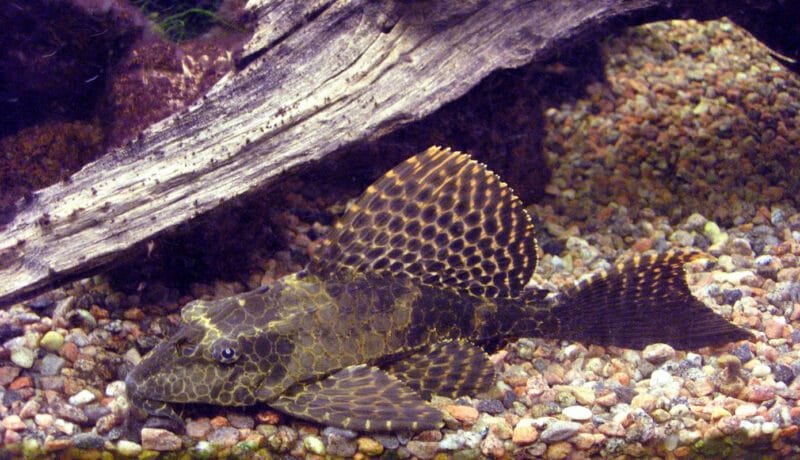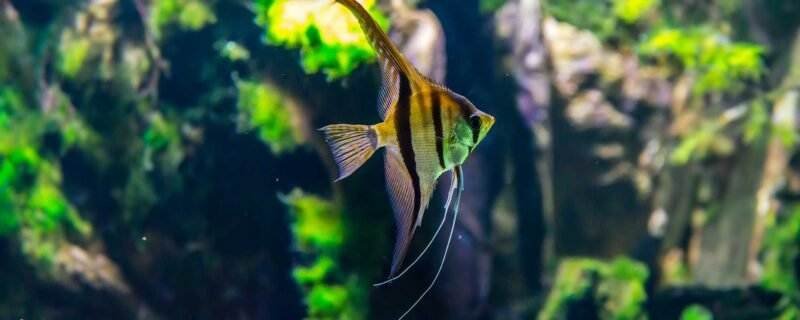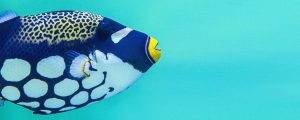A Delightful Bottom-Dweller for Peaceful Aquariums
The Corydoras Panda, affectionately known as the Panda Cory, is one of the most popular and recognizable freshwater fish among aquarists. Named for its distinctive black markings resembling those of a giant panda, this peaceful species adds charm, activity, and balance to community tanks. In this guide, we’ll explore everything you need to know about Corydoras panda—from its natural habitat and size to diet, breeding behavior, tank compatibility, and even albino versions.
Common Name and Latin Name
Common Name: Panda Cory
Latin Name: Corydoras panda
Corydoras panda belongs to the family Callichthyidae, which comprises small armored catfish known for their bony plates and prominent barbels. It is closely related to other Corydoras species such as Corydoras aeneus and Corydoras sterbai.
Native Habitat
The Panda Cory is native to South America, particularly the upper Amazon basin in Peru and Ecuador. They inhabit clear, cool, slow-moving streams and rivers with sandy or fine gravel bottoms and abundant vegetation. These waters are typically oxygen-rich and maintain lower temperatures than many tropical fish habitats, making Panda Corys slightly more tolerant of cooler freshwater environments.
Size and Appearance
Adult Panda Corys typically grow to about 2 inches (5 cm) in length. They have a creamy white to light pink body with prominent black patches:
-
One over each eye (like panda eyes)
-
One at the base of the dorsal fin
-
One at the base of the tail
Their compact size, endearing appearance, and gentle behavior make them ideal for smaller aquariums or peaceful community setups.
Diet
Panda Corys are omnivores and bottom feeders. In the wild, they forage for insect larvae, worms, and plant matter. In captivity, they thrive on a varied diet that includes:
-
Sinking pellets and wafers (especially those formulated for bottom dwellers)
-
Frozen or live foods such as bloodworms, daphnia, and brine shrimp
-
Occasional blanched vegetables like zucchini or cucumber slices
Feed them small amounts 1–2 times daily, ensuring food reaches the bottom where they prefer to eat.
Sexing and Breeding
Sexing
Sexual dimorphism in Panda Corys is subtle:
-
Females tend to be rounder and broader, especially when viewed from above.
-
Males are slimmer and slightly smaller.
Breeding
Panda Corydoras can be bred successfully in home aquariums:
-
Conditioning: Feed a high-protein diet (e.g., bloodworms, tubifex) to trigger spawning behavior.
-
Spawning Environment: A separate breeding tank with soft, slightly acidic water (pH ~6.5) and cooler temperatures (around 72°F or 22°C) can encourage mating.
-
Behavior: Males chase females, and the pair will perform the classic “T-position” for fertilization.
-
Eggs: Females lay sticky eggs on flat surfaces like plant leaves or aquarium glass. Adults should be removed post-spawning to prevent them from eating the eggs.
Eggs hatch in 3–5 days, and fry should be fed infusoria or liquid fry food, then baby brine shrimp as they grow.
Water Conditions
To keep Panda Corys healthy and thriving, aim for the following water parameters:
| Parameter | Ideal Range |
|---|---|
| Temperature | 68–77°F (20–25°C) |
| pH | 6.0–7.5 |
| Hardness | 2–12 dGH |
| Tank Size | Minimum 20 gallons (for a small group) |
Key Tip: Always keep Panda Corys in groups of at least 5–6 as they are highly social and become stressed when kept alone.
Ease of Care
Ease of Care: Easy to Moderate
Panda Corys are hardy and adapt well to life in a community aquarium, provided water quality is consistently maintained. They are more sensitive to ammonia, nitrites, and sudden temperature changes than some other Corydoras species, so clean, stable conditions are essential.
Community Compatibility
Panda Corys are excellent community tank members due to their peaceful disposition and non-aggressive nature. Ideal tank mates include:
-
Small peaceful tetras (e.g., neon, ember, rummy nose)
-
Rasboras
-
Guppies
-
Dwarf gouramis
-
Shrimp and snails (with caution)
Avoid housing them with large or aggressive species such as cichlids or barbs that may nip at their fins or outcompete them for food.
Species Variations
While the classic Corydoras panda is the most common, slight variations in pattern intensity and coloration may occur depending on origin or breeding lines. These differences are generally cosmetic and don’t affect care.
Albino Panda Cory
There is currently no true Albino version of Corydoras panda. Albino Corydoras are generally derived from Corydoras aeneus, not Panda Corys. However, some breeders have developed paler variants of Panda Corys, but they are not considered genetically albino. Be cautious of mislabeled stock in pet stores.
FAQs
1. Can I keep a single Panda Corydoras?
No, Panda Corys are schooling fish and should be kept in groups of at least 5 or more to ensure their well-being and reduce stress.
2. Do Panda Corys clean the tank?
While they scavenge leftover food from the substrate, they are not substitutes for proper tank maintenance. Always siphon the substrate and perform regular water changes.
3. Why are my Panda Corys hiding all the time?
Shy or reclusive behavior can result from:
-
Being kept in too small a group
-
Incompatible or aggressive tank mates
-
Poor water quality
Increasing group size and providing hiding spots like driftwood or plants often helps.
Conclusion
The Corydoras Panda (Corydoras panda) is a peaceful, active, and visually appealing bottom-dweller that thrives in well-maintained community aquariums. With their endearing behavior, schooling nature, and striking “panda” markings, they are a favorite among beginner and experienced aquarists alike. While not overly demanding, they do best with a stable environment, clean substrate, and plenty of companions of their own kind.
Whether you’re building a tranquil biotope or a diverse planted tank, the Panda Cory is a dependable and lovable choice that will reward you with constant gentle motion and charm on the tank floor.






